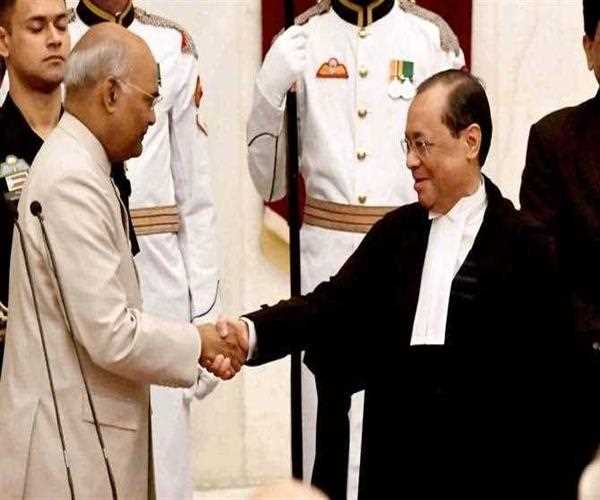The president appoints the Chief Justice of India, recently Chief Justice Ranjan Gogoi swore as the chief justice of India. He assumed the office of Chief Justice on 3rd October 2018 after the retirement of the current Chief Justice, Justice Dipak Misra.

Interesting to know that the Constitution of India does not have any provision for criteria and procedure for appointing the CJI. Article 124(1) of the Indian Constitution says there “shall be a Supreme Court of India consisting of a Chief Justice of India”. The closest mention is in Article 126, which deals with the appointment of an acting CJI.
In the absence of any constitutional provision and statue, the procedure relies on custom and convention.
1. The 'convection in place' is a relatively straight forward one when the current/incumbent CJI retires (all supreme judge retired at the age of 65)the senior-most judge of the apex court among those remaining become the CJI.
2. This is not the question of age but depends on when a judge was appointed to serve on the supreme court. The longer a judge has been part of the Supreme Court the more senior he or she is and more chances of becoming the CJI.
3. This situation had arisen ahead of the appointment of Dipak Misra, as both Justice Misra and Justice Chelameswar were sworn in on the same day as judges of the SC on October 10, 2011. Despite being four months younger, Justice Misra was appointed as the CJI in August 2017